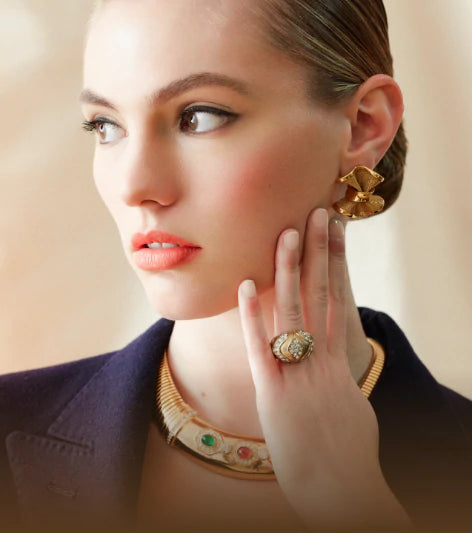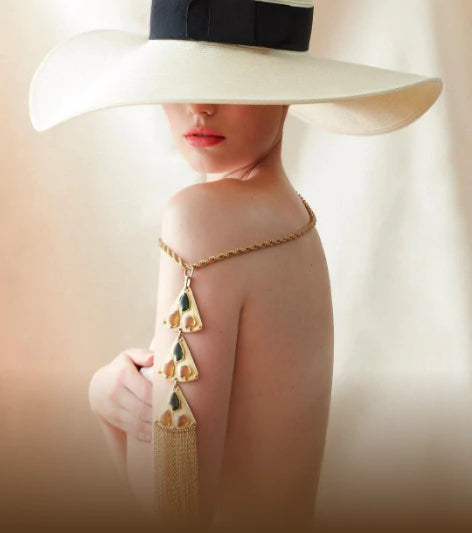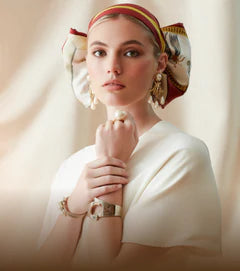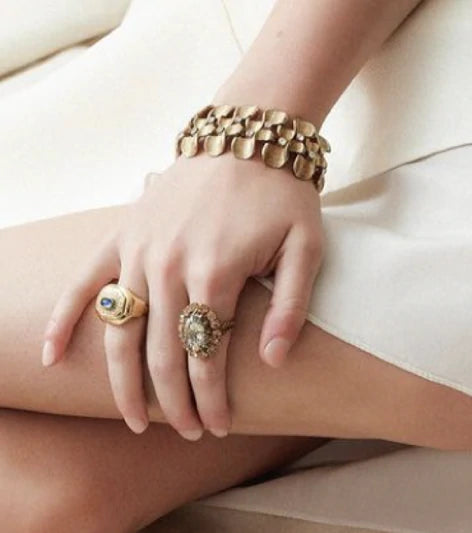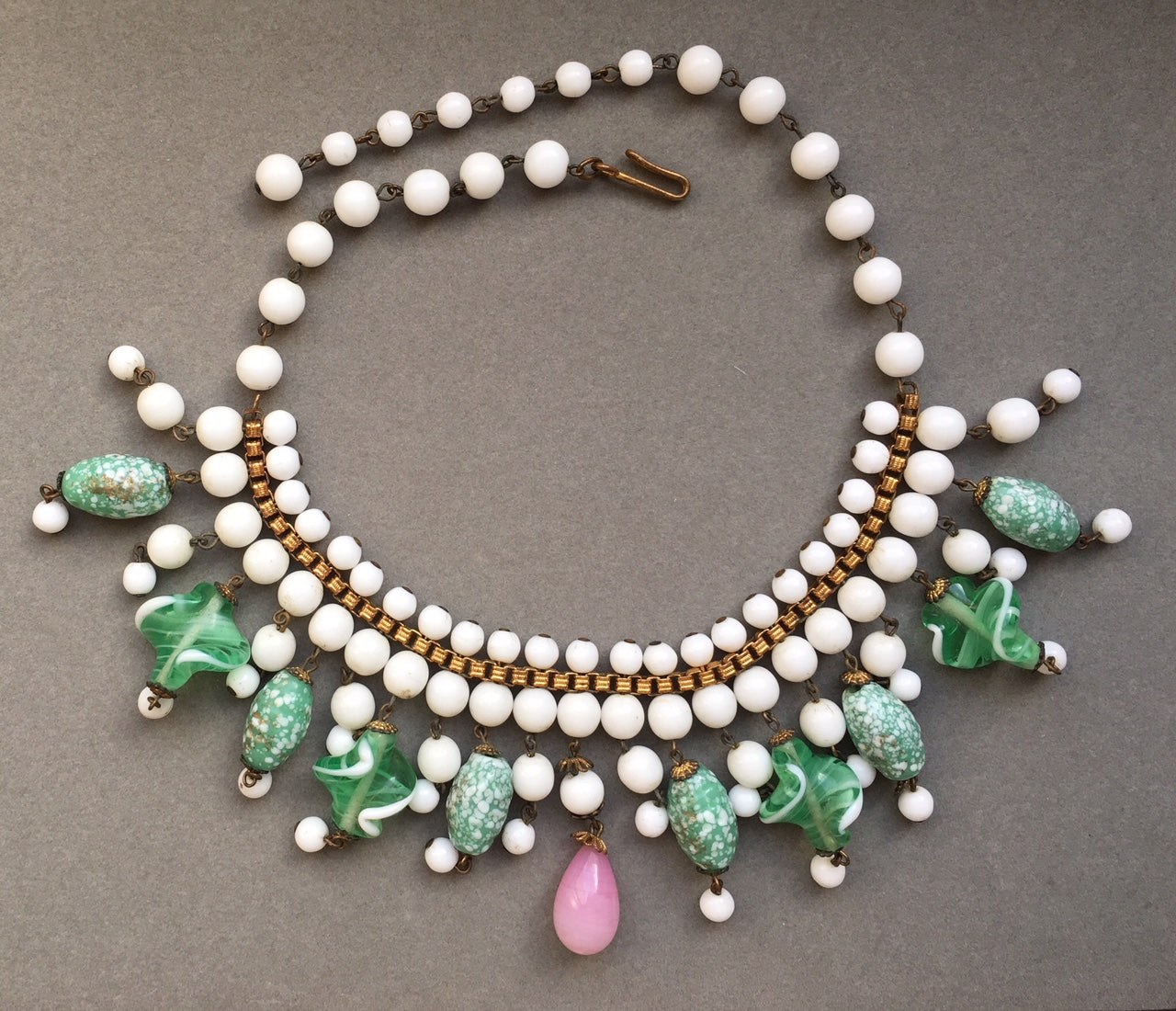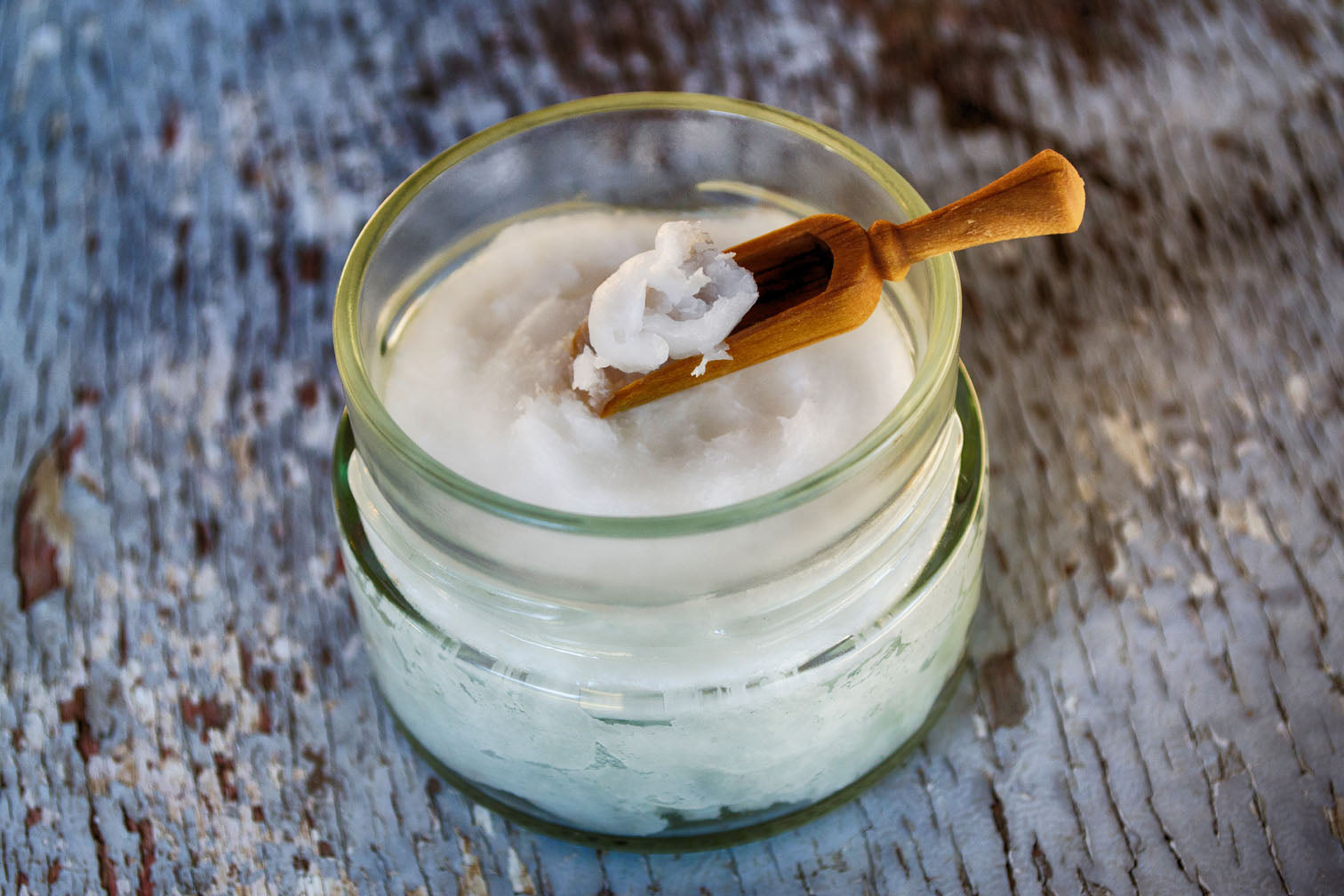 1930’s Mughal style glass bead necklace
1930’s Mughal style glass bead necklace
Glass is an under-appreciated material of vintage costume jewelry pieces. Many people think of rhinestones and crystals when they hear the words “vintage costume jewelry” and they’re not mistaken. However, glass afforded jewelry makers a flexible substance that allowed for an enormous creative range of color, texture and shapes. Glass often gained popularity during wartime years due to a shortage of metals and raw materials because it was plentiful and cheap. The depth of possible colors also made it popular for wealthy patrons who took fake replicas of their real pieces when they would travel for security purposes. Many vintage pieces have faux glass stones and detailing as a result.
The best-known jewelry makers producing glass were primarily in France, which is why a lot of the terms you hear describing glass vintage jewelry are French. Here are a couple of terms and what they mean:
- Gripoix: In the late 1800s, Augustine Gripoix was a glass worker in Paris who developed a special jewelry technique for setting glass into intricate metal mounts (similar to stained glass). She soon began working with fashion designers. Her designs took off and in the 1920s, her daughter inherited and expanded the business by collaborating with the houses of Jeanne Lanvin, Jean Piguet and Chanel among others—Coco Chanel particularly loved and used the house’s faux pearls. The house passed down through the family until the early 2000s and is still operating in France. Now, the name is synonymous with pieces made by the designer, or is used to describe that particular style of glasswork.
- Pâte de verre (glass paste): The term used to describe shapes formed when molten glass was poured into a mold, as opposed to firing a paste of ground glass and binding agents in a kiln.
There were multiple designers who were known for their glasswork jewelry besides Gripoix, such as Louis Rousselet, Andrée Bazot, or Antonio Seguso, a Venetian glass artist who designed amazing link necklaces for Chanel in the 1960s. Their colorful and fun pieces are wonderful additions to any collection.
